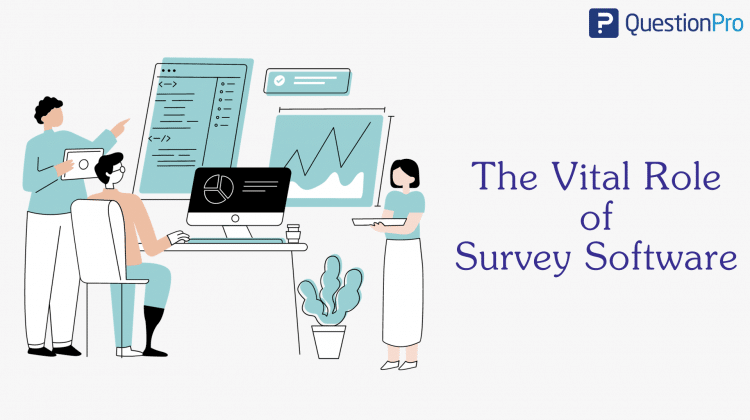
In the era of academic research and data collection, cross-institutional studies stand as essential pillars for comprehensive analysis and understanding. These studies delve into diverse aspects of education, sociology, psychology, and more, allowing researchers to gather insights across multiple institutions, geographic regions, or demographic groups. However, the complexity of conducting such studies demands sophisticated tools to effectively collect, manage, and analyze data. Herein lies the pivotal role of survey software in facilitating and elevating cross-institutional studies.
Understanding Cross-Institutional Studies
Cross-institutional studies involve research endeavors that transcend the boundaries of a single institution or organization. These studies aim to examine similarities, differences, patterns, and trends across various entities, providing a broader perspective and enriching the depth of analysis. They encompass comparative research methodologies, exploring variables, behaviors, or outcomes across multiple institutions, such as universities, schools, healthcare facilities, or businesses.
Challenges in Cross-Institutional Studies
The inherent complexity of cross-institutional studies presents researchers with several challenges:
1. Diverse Data Sources: Gathering data from multiple institutions often means dealing with various formats, structures, and systems, making data integration and standardization a formidable task.
2. Ensuring Consistency: Maintaining uniformity and consistency in data collection methods across different institutions is crucial for drawing valid comparisons and conclusions.
3. Large-Scale Data Management: Managing large volumes of data from multiple sources can be overwhelming without the appropriate tools and strategies.
4. Quality Control: Ensuring data accuracy, reliability, and quality poses a significant challenge, especially when dealing with diverse data collection methodologies.
The Role of Survey Software
Survey software emerges as a fundamental enabler in overcoming the hurdles associated with cross-institutional studies:
1. Standardized Data Collection: Advanced survey software allows researchers to create standardized questionnaires or surveys. This uniformity ensures consistency across institutions, streamlining data collection processes and enhancing comparability.
2. Customization and Flexibility: These software solutions offer customizable features, enabling researchers to tailor surveys to specific institutional requirements while maintaining standardized core elements.
3. Data Integration and Centralization: Survey software facilitates the integration of data from multiple sources into a centralized platform. This capability simplifies data management, making it easier to handle diverse datasets.
4. Quality Assurance: Through built-in validation checks and response monitoring, survey software helps maintain data accuracy and quality. Researchers can identify anomalies or inconsistencies promptly, ensuring reliable findings.
5. Analytics and Reporting: Robust survey software often includes analytical tools that aid in data analysis, visualization, and reporting. These features empower researchers to derive meaningful insights from complex datasets efficiently.
6. Remote Data Collection: Particularly relevant in today’s global landscape, survey software allows for remote data collection, enabling researchers to reach participants across different geographical locations, institutions, or demographics.
Future Trends and Implications
Looking ahead, survey software is poised to undergo further advancements to better support cross-institutional studies. Predictive analytics, artificial intelligence, and machine learning will likely enhance the software’s capabilities in data analysis, trend identification, and predictive modeling.
Furthermore, the ethical considerations surrounding data privacy, consent, and inclusivity will continue to shape the development of survey software, ensuring compliance with evolving regulations and ethical standards.
Conclusion
Cross-institutional studies play a pivotal role in expanding knowledge and fostering innovation across various fields. Survey software stands as an indispensable tool in enabling the seamless execution of these studies by addressing challenges related to data collection, management, and analysis. As technology continues to evolve, the synergy between sophisticated survey software and cross-institutional studies will undoubtedly lead to more profound insights and advancements in research and academia.







